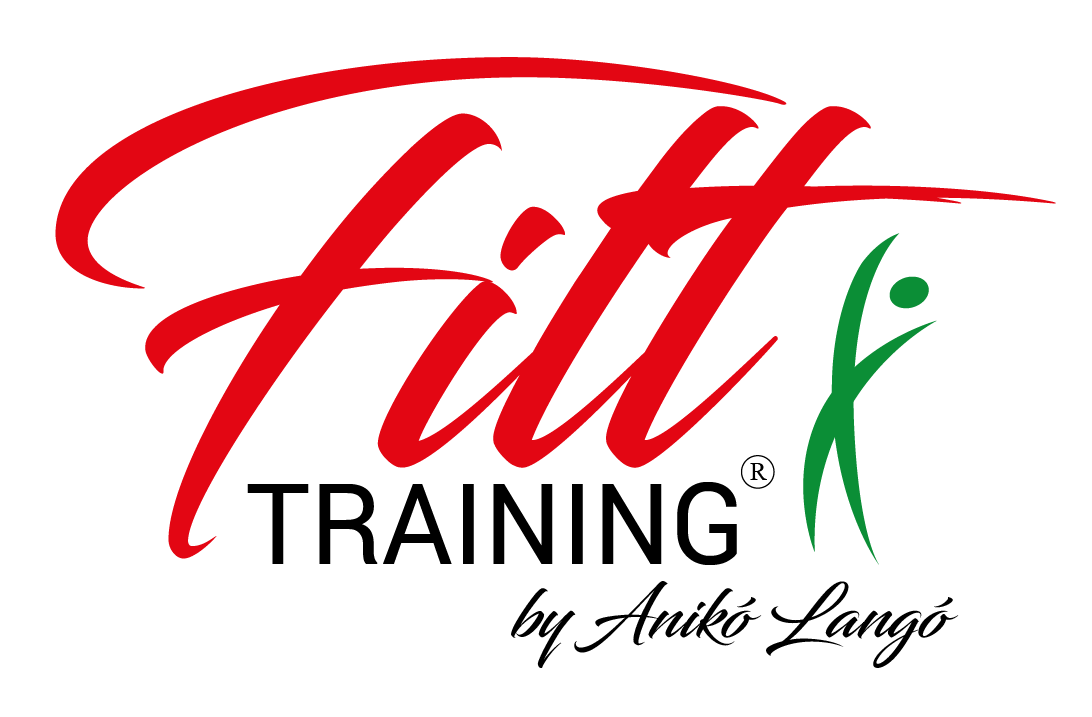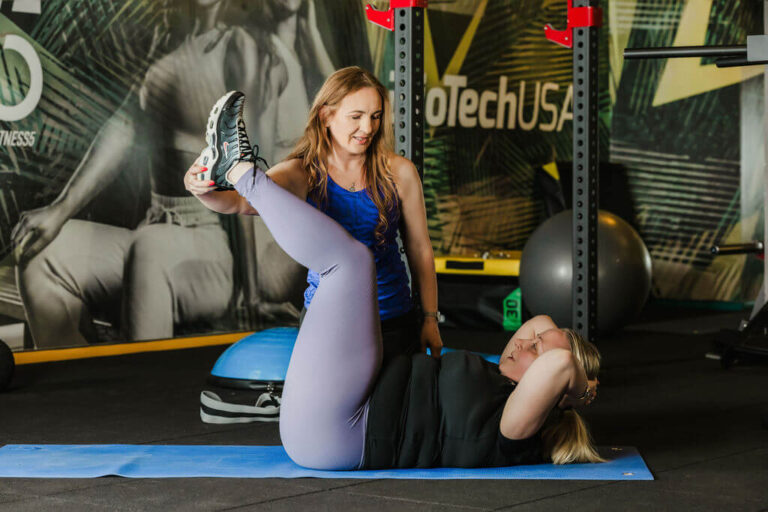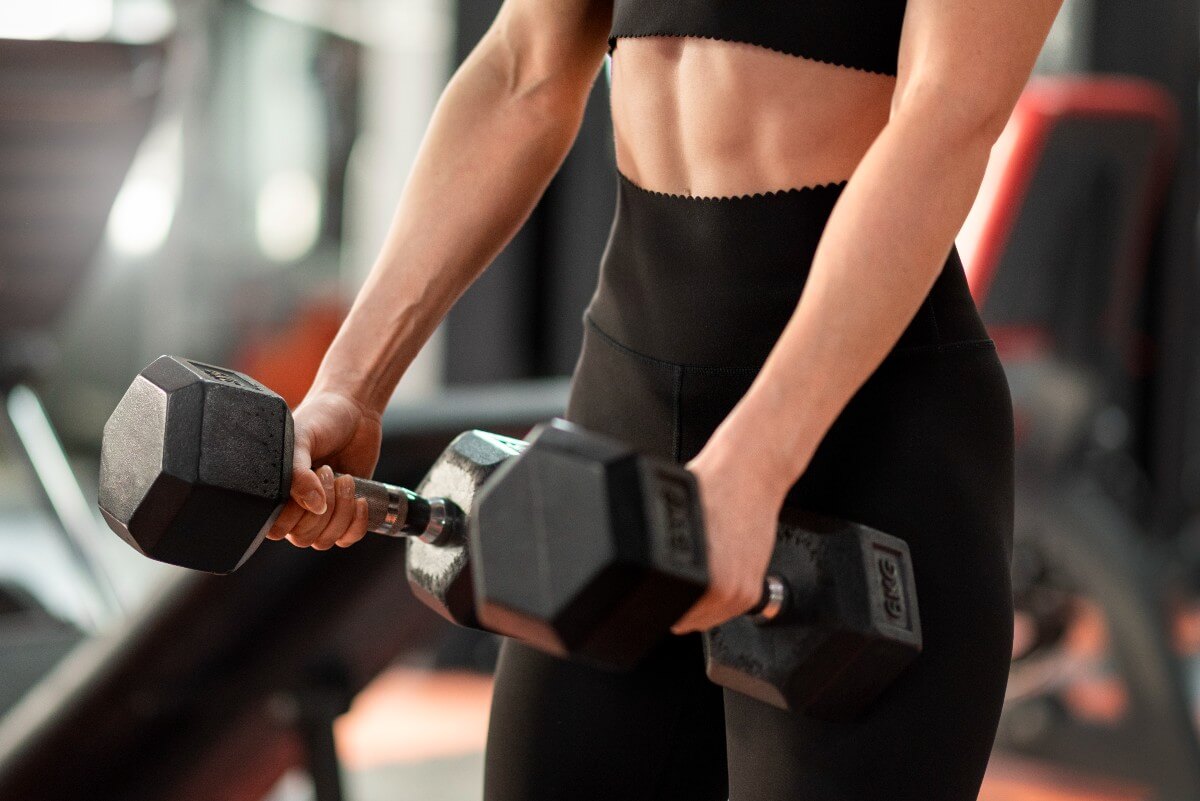“I want flat abs and a slim waist.”
If I had a dollar for every time I’ve heard this… well, let’s just say I wouldn’t need a gym membership anymore.
The truth is, this request comes up constantly — usually from women — but what most people don’t realize is that abs aren’t just about looks. The abdominal and waist muscles play a crucial role in posture, protecting your spine, and keeping your movements coordinated. So when we talk about “waist shaping,” we’re not just talking aesthetics. We’re talking about building the foundation for safe, functional movement.
The Three Factors Behind Results
Here’s what I tell every client: there are three things that decide whether you’ll actually see changes.
Genetics. We can’t rewrite DNA. Everyone’s shape is a little different.
Nutrition. This is where a good dietician comes in. No amount of crunches will out-train poor nutrition.
Proper training. This is my territory — and where most people go wrong.
Endurance Work: The First Step
If your goal is fat loss around the waist, cardio matters. About 30–40 minutes of endurance work at a moderate intensity is ideal. Not only does it help reduce abdominal fat, it also stops excess carbs from turning into stored fat.
And here’s the health angle: cardio is a key part of fatty liver disease treatment with exercise and an important tool for exercise for type 2 diabetes. For clients managing chronic illness, this isn’t just about appearance — it’s about long-term health.
Targeted Abdominal Exercises
The abs are made up mostly of white muscle fibers, which respond best to short, intense loads. That means structured sets:
- Trisets or giant sets
- 3–5 rounds
- 10–12 repetitions (more for advanced athletes)
- Covering the whole area: straight, oblique, and lower-lateral regions
A balanced program will challenge all these zones, not just the “six-pack.” And no, endless sit-ups won’t do the job. Smarter, controlled combinations work better — and protect your back at the same time.
Technique Comes First
This is the part most people overlook. Poor execution is where injuries happen. For example:
- Lying on your back? Pull your knees up slightly to protect your lower back.
- Twisting? Avoid sudden, jerky rotations of the spine. Move in control.
A good set should make your stomach muscles tired, not your back sore. If your back hurts, something’s off. The goal is fatigue in the abs — not pain elsewhere.
Don’t Forget Stretching
+1 rule: recovery is training too. Stretching and mobility work help muscles regain their natural length and protect joint health. Over 40, skipping this step is a recipe for stiffness and injury. In Fitt Training®, every session ends with stretching because regeneration is where the real progress happens.
Beyond the Mirror
Yes, a flat stomach and a narrow waist look great. But core training isn’t just an aesthetic goal. It’s a health tool.
For people training with chronic illness, core strength supports the spine, improves balance, and makes everyday tasks easier. For clients focused on hybrid therapy — combining exercise with medication — it can even contribute to reducing medication needs over time. And for anyone healthy over 40, strong core muscles are the difference between moving confidently or worrying about every step.
So if your dream is a tighter waist, think bigger. You’re not just shaping your midsection. You’re building the base that keeps your whole body strong, functional, and ready for life.
Are you struggling with your belly fat? Come to me and I’ll help you get rid of it.




